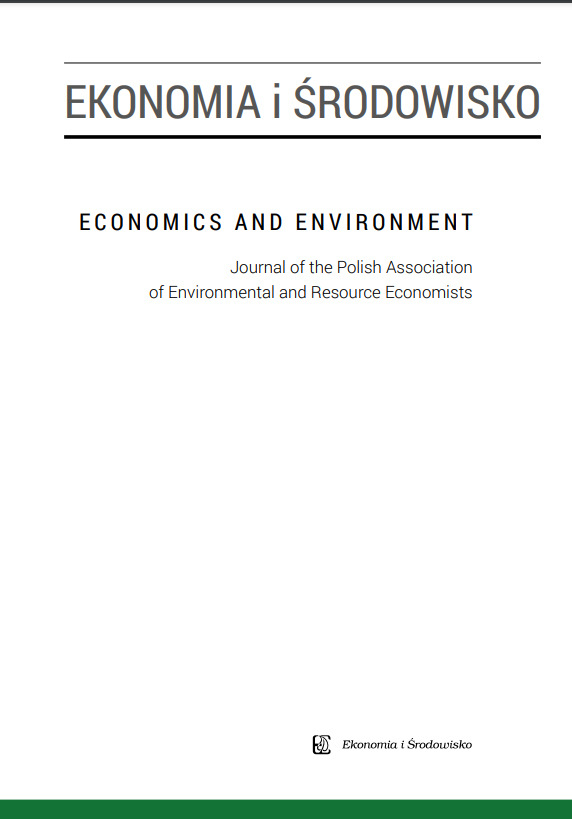Abstract
Undoubtedly, each city is an anthropogenic environment filled with multiple human activities and sometimes suffering from limitations resulting from them. In particular, the exacerbating problems of poor air quality pose serious risk to the quality of life in a city. Contemporary cities should be able to successfully face the challenge and stimulate the development of low-emission economy. Low-emission Economy Plan is an instrument addressed to local authorities expected to respond to problems and needs of cities with this respect. This paper compares methodologies of drafting Low-emission Economy Plans and identifies their role in developing contemporary cities. Towns of the Lodz Metropolitan Area have been selected for the case study as cities with industrial heritage mostly coping with environmental problems triggered by the stormy growth of textile industry in the 19th and
20th centuries as well as social and economic developments currently taking place in the Lodz Metropolitan Area (in Polish: Łódzki Obszar Metropolitalny).

This work is licensed under a Creative Commons Attribution-ShareAlike 4.0 International License.

